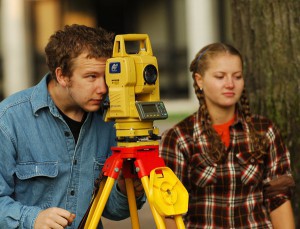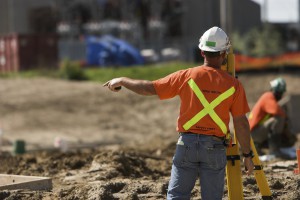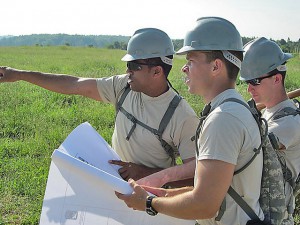How Professional Land Surveyors Can Assist With Site Zoning
 Before you begin your oil and gas project, it’s important that you have a complete and accurate understanding of what you can and can’t do with the particular piece of land in question. The rules and regulations surrounding land use can be very complex and by not fully understanding them you risk major delays on your They can help you take the guesswork out of land use, so that you can be sure your land meets all of the requirements of your project.
Before you begin your oil and gas project, it’s important that you have a complete and accurate understanding of what you can and can’t do with the particular piece of land in question. The rules and regulations surrounding land use can be very complex and by not fully understanding them you risk major delays on your They can help you take the guesswork out of land use, so that you can be sure your land meets all of the requirements of your project.
There are two similar but distinct subjects that professional land surveyors can assist you with: land use planning and site zoning.
Land Use Planning
Land use planning is a general term to describe what can be done with a particular piece of land. It is usually framed using open-ended descriptions; for instance, a team of professional land surveyors may help you to determine that a particular piece of land is well suited to become a high-end retail center or a utility site, without going into more detail than that. In other words, a surveyor can help you shape land use policy by providing professional recommendations.
If you have questions about the possible land uses of an area you own, working with a land surveyor can help you determine where the boundaries are for the piece of land, while also painting you a picture of what could be accomplished with the land in question. This service is very important, because finding out that a piece of land is ill-suited for a particular project after you’ve already begun to plan the project could be a huge waste of time and resources for your organization.
Site Zoning
When compared with land use, site zoning is a much more detailed description of how the land will be used. While land use provides a very brief description of what the eventual purpose of the land development might be, site zoning actually provides exact details about things like how many stories will be in each building, how densely the buildings will be situated on the piece of land, and more.
While a team of professional land surveyors can be helpful when it comes to preparing a land use survey, they are absolutely essential when it comes to site zoning. That’s because a detailed and accurate site zoning map is required to move forward with getting a zoning permit, which is one of the requirements for being able to proceed with your project. Also, if your project needs to be financed in any way, the lender will most likely ask to see zoning maps before agreeing to provide a loan to your company.
As a result, site zoning is something that you simply cannot afford to leave up to chance. Working with a team of experienced land surveyors will help you make sure you get the site zoning maps you need to keep your project moving forward on schedule. They will inspect the land, meet with you to figure out what your requirements are for the project, and then come up with a plan that meets those requirements, while also complying with all applicable laws and land use standards. Finally, after the team delivers the site zoning maps. They will also assist you with getting the site zoning permits approved for your project.
Whether you’re just in the conceptual land use phase, or ready to get down to business with a site zoning plan, a professional land surveyor can help you understand what can be done with your land, and then help you turn your project requirements into reality. To get started with your land surveying project, contact the team of professional land surveyors at Landpoint today to get a free land surveying quote.
Image Source : Daniel Lackey


